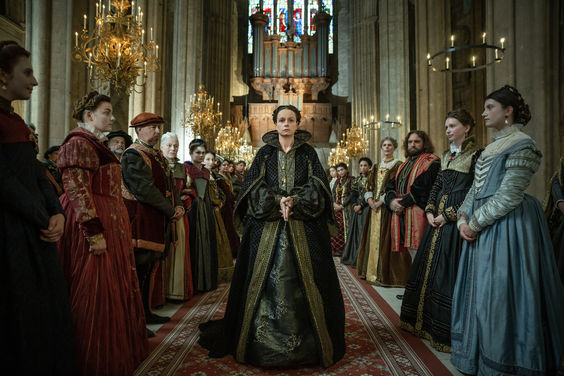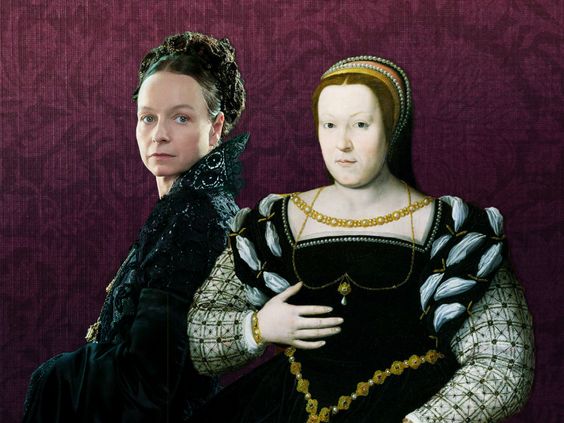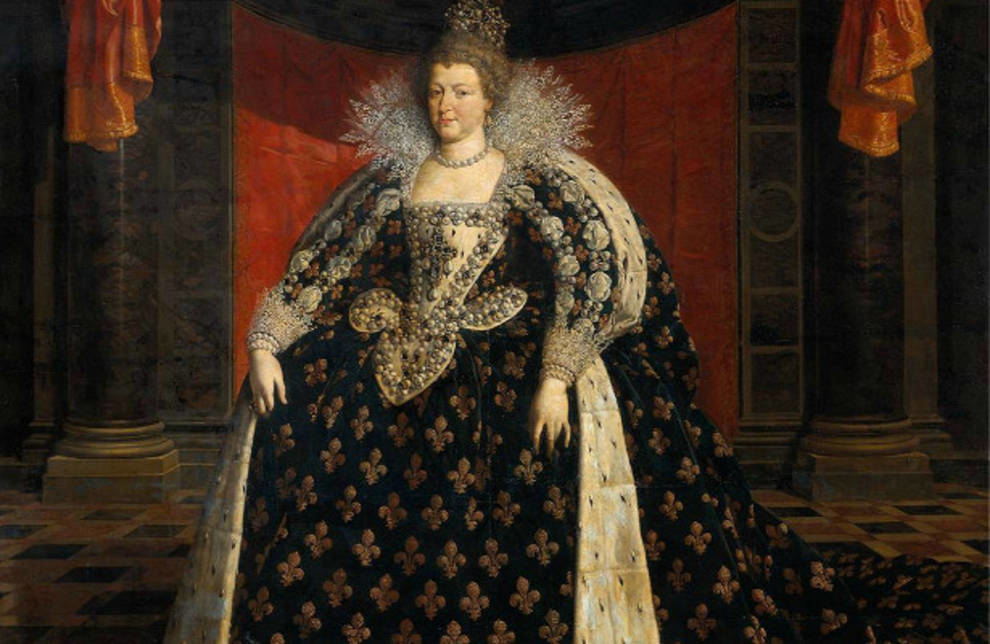As Halloween approaches, it’s the perfect time to reflect on one of history’s most notorious figures: Caterina de Medici, also known as “The Black Queen.” Her life was filled with political intrigue, ruthless tactics, and a deep association with the occult, leading many to brand her as a manipulative ruler who dabbled in the dark arts. But was she truly a witch, or was this a product of fear, misogyny, and superstition?
Let’s explore the shadowy elements of Caterina’s life that have haunted her legacy for centuries.
Political Intrigues and Ruthless Tactics
Caterina de Medici was a master of political strategy, often employing tactics that left her rivals in fear. Known for her cunning diplomacy, she used espionage, strategic marriages, and complex alliances to maintain power over a deeply divided France. During her time as queen mother and regent, Caterina navigated the French Wars of Religion, skillfully playing Catholic and Protestant factions against each other to protect her family’s reign.
But her manipulative tactics led many to believe she was not just a shrewd politician but something far more sinister. Her ability to survive and thrive in the cutthroat world of 16th-century politics was viewed with suspicion, and many believed she could only have achieved such influence with the aid of dark forces. Her enemies whispered that her political cunning was the result of occult knowledge, further cementing her reputation as a dangerous and malevolent figure.

Association with the Occult and Astrology
Caterina’s fascination with astrology and the occult was well-known, and it only added fuel to the rumors of her involvement in witchcraft. Like many Renaissance elites, Caterina consulted astrologers to guide her decisions, often seeking advice on matters of state and personal health. Her most famous consultant was none other than the legendary seer, Nostradamus, whom she relied on for predictions and prophecies.
While consulting astrologers was not uncommon during the period, Caterina’s enemies used her association with mysticism to frame her as a practitioner of the dark arts. The lines between science, superstition, and magic were blurred during this time, and Caterina’s reliance on astrology was seen as proof that she was dabbling in forbidden knowledge. For those already suspicious of her power, her fascination with the occult was enough to label her a witch.


The St. Bartholomew’s Day Massacre (1572)
Caterina’s most infamous act, the St. Bartholomew’s Day Massacre, solidified her reputation as a “queen of blood.” On August 24, 1572, thousands of French Protestants (Huguenots) were brutally slaughtered in Paris in a wave of violence that spread across the country. Although the exact extent of Caterina’s involvement remains debated, she is widely believed to have played a key role in planning or approving the massacre.
The sheer brutality of the event shocked Europe and branded Caterina as a malevolent force behind the French throne. Her reputation as a ruthless manipulator grew, and her political opponents began to associate her actions with dark magic and evil intent. To them, she was no longer just a cunning politician but a bloodthirsty queen whose thirst for power had no moral boundaries.
Poison Rumors and the Use of Potions
Another dark chapter in Caterina’s legacy revolves around the persistent rumors of poisonings. During her time in power, numerous mysterious deaths and sudden illnesses afflicted those who opposed her. These deaths were often attributed to poison, and Caterina’s personal perfumer, René the Florentine, was rumored to be her accomplice in crafting deadly potions.
Although no concrete evidence exists to prove that Caterina ever used poison as a weapon, the rumors persisted. Her knowledge of herbs and chemicals was well-known, and in an era where poison was a feared yet untraceable method of assassination, it was easy to connect her with such dark practices. Many believed that her expertise in poisons was just another facet of her supposed witchcraft.

Gendered Criticism and Misogyny
Caterina’s reputation as a dark and manipulative figure was also shaped by the gendered criticism she faced as a powerful woman in a male-dominated world. Women in positions of influence were often scrutinized more harshly than their male counterparts, and ambitious women like Caterina were frequently accused of witchcraft or other forms of malevolence.
Misogyny played a significant role in how Caterina was perceived. Her intelligence, political prowess, and resilience were qualities that threatened the established order, making her a target for slander. To many of her critics, it was easier to view her power as unnatural or demonic rather than recognizing her as a skilled ruler in her own right.

The Black Queen: A Symbol of Darkness
Caterina’s image as the “Black Queen” was further cemented by her appearance and the mourning she carried after the death of her husband, King Henry II, in 1559. Dressed in black with an emblem of a broken lance—a symbol of Henry’s fatal jousting accident—Caterina embraced a gloomy and foreboding presence. This appearance, combined with the dark legends that surrounded her, led many to believe she was tied to sinister forces.
Her constant association with death, whether through mourning, rumors of poison, or her role in the massacre, painted her as a figure draped in darkness. The title “Black Queen” was not just a reference to her attire but a reflection of the fear and superstition she inspired.

Conclusion: A Legacy of Fear and Power
Caterina de Medici’s life was filled with political intrigue, ruthless decisions, and dark rumors that have haunted her legacy for centuries. Whether she truly dabbled in witchcraft or not, her association with the occult, poison, and mass murder ensured that her name would forever be linked to terror and fear. Misogyny and superstition played their part in shaping the narrative of Caterina as the “Black Queen,” but it was her skillful manipulation of power that made her one of history’s most feared figures.
This Halloween, as tales of witches and dark magic fill the air, Caterina de Medici’s story remains one of the most haunting of all—a reminder of how power, politics, and fear can intertwine to create legends that endure long after death.
Ready to explore the dark legacy of the Medici family in their own city? This autumn, join Accord Tours for an unforgettable journey through Florence’s hidden history. Walk the streets where Caterina de Medici’s powerful dynasty began, and uncover the secrets of the Renaissance with expert guides. Book now to experience Florence’s eerie allure and uncover the stories that shaped a queen’s dark reputation!

Recent Comments